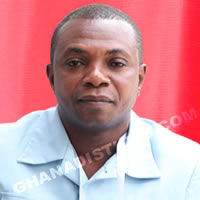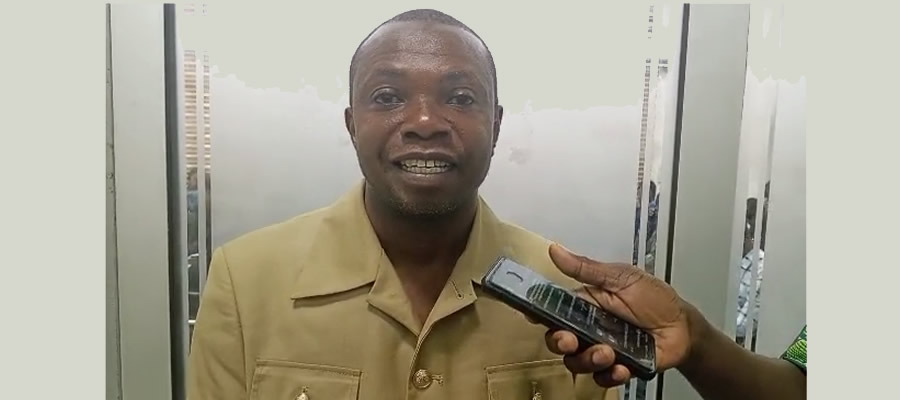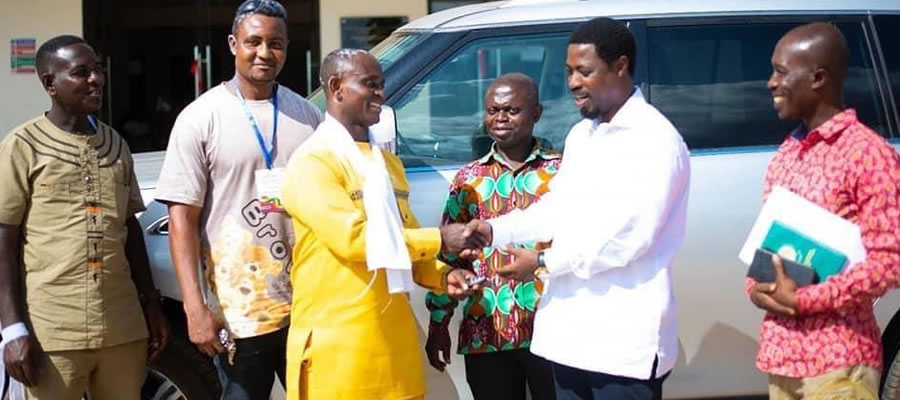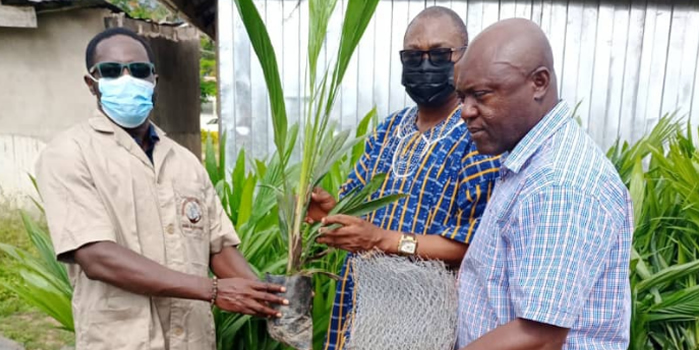

Education
The Educational Directorate of the Bibiani Anhwiaso Bekwai Municipal which is divided into a number of Educational Circuits runs 260 public and 115 private schools for an efficient and effective management of educational institutions of the Municipality. Table 20 presents public and private educational institutions in the Municipality.
i. School Enrolment
The Municipal has an encouraging enrolment figures as most of the schools have over three hundred (300) pupils due largely to good government policies programme such as School Feeding Programme, Free School Uniforms and Exercise Books and the Capitation Grant and the District Assembly’s commitment to provide adequate school infrastructure. Table 21 indicates the current enrolment figures in the district, particularly in the public schools infrastructure but has the tendency to increase the low literacy rate in the district, as more people will be able to read and write.
One of the major factors that contribute to the high gross enrolment rates in all educational levels is the satisfactory survival rates the Municipality has been recording in the schools for the past years.
The survival rates or gross enrolment rates in 2014 in the district are 164.3%, 127.9%, 105.1% and 40.5% for pre-school, primary, JHS and SHS respectively. The increase in enrolment has the potential of increasing the literacy rate in the Municipality. Considering the pupil teacher ratio at the primary school level, the Municipality needs extra teachers and additional infrastructure facilities to meet the increasing number of school pupils.
ii. School Infrastructure
Generally, school infrastructure or facilities in the BAB District are quite adequate in terms of numbers and quality. On the contrary, the situation in the only Senior Secondary School in the Municipality is not all that good. The school has inadequate classrooms, hostels, library facilities, and logistics.
Teacher accommodation in the Municipality is a major problem in the communities as greater number of teachers in basic schools lack good accommodation. Many teachers, therefore, have to travel or walk long distances to schools from nearby towns. The map below or figure 11 shows the educational facilities in the Municipality.
iii. Teacher/Staffing Situation
The total number of teachers in the pre- schools, primary and JHS are 354, 628 and 576 respectively making a grand total of 1,558. Out of this figure, 1,145 (73.49%) are trained and this is encouraging phenomenon whiles the number of untrained teachers are 413 (25.51). Generally, the staffing situation can be described as not bad in terms of both quality and quantity.
The general good staffing situation in the Municipality could be attributed to the location of Municipality and some level of good infrastructure particularly the good highway linking Kumasi. However, there is also lack of incentive packages such as accommodation and allowances to motivate teachers to accept posting to the Municipality particularly rural areas. The details of staffing situation are provided in the tables 22, 23 and 24 respectively.
Performance of basic schools and human resource development
The performance of pupils in Basic Education Certificate Examination (BECE) for previous years does not promote human resource development of the district in particular and the country as a whole.
iv. Pupil Teacher Ratio
The pupil-teacher ratio (PTR) in the Municipality for Pre-School, Primary School, JSS and SHS are 1:30, 1:34, 1:20 and 1:24 respectively as compared to the national standard of 1:35 for both Pre-School and Primary School, 1:40 for JSS and 1:45 for SHS. Thus, in the district, the PTR for pre-school and primary school are normal as they are lower than the national standard. The PTR for JSS and SHS are the best as they far below the national average.
Considering the Municipality PTR as against the national average, effective teaching and learning and general performance of the public basic schools in the Municipality should be improved.
v. School Performance
The school performance in the Municipality with respect to BECE results has improved tremendously within the last four years even though there has been a drop from 2012 to 2014. For instance, the percentage pass of candidates for 2012, 2013 and 2014 are 94.50%, 93.57% and 84.45% respectively. The details for 2014 are provided in Table 25.
The improved performance could be attributed to improve teaching and learning by both teachers and pupils, and supervision on the part of Ghana Education Service. Furthermore, most parents are now showing interest in their children’s education instead of spending on expensive funerals and other unnecessary activities. This phenomenon is an implication of strong district human resource base for future development.
vi. Community Participation and Involvement in Education
Generally, most of the Parent-Teacher Associations and School Management Committees in the district are not active and supportive. As a result, community participation in educational delivery at the local level is not the best in most communities. There is some form of apathy on the part of community members towards the execution of school programmes. Most parents do not provide their wards with basic school needs such as uniforms, stationery, footwear, and school bags. However, community participation in school management in general is not bad but can be improved to enhance implementation of school programmes.
Date Created : 11/19/2017 3:27:15 AM













 facebook
facebook
 twitter
twitter
 Youtube
Youtube
 +233 593 831 280
+233 593 831 280 0800 430 430
0800 430 430 GPS: GE-231-4383
GPS: GE-231-4383 info@ghanadistricts.com
info@ghanadistricts.com Box GP1044, Accra, Ghana
Box GP1044, Accra, Ghana